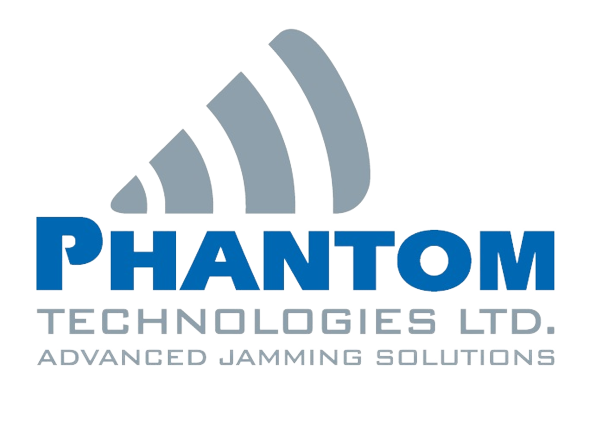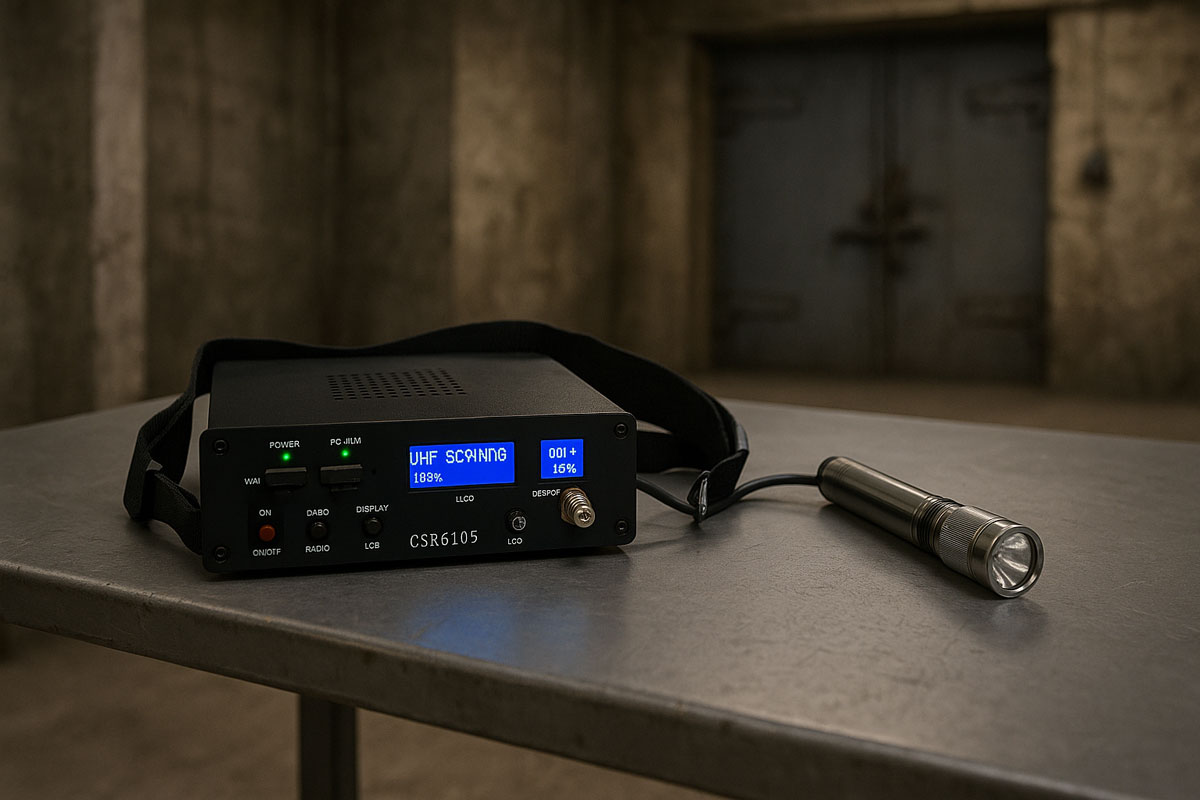Bug Detectors – Covert Surveillance Detection and Personal Privacy Protection
In an increasingly interconnected world, ensuring personal and operational privacy has become a critical concern. Bug detectors, also known as Technical Surveillance Countermeasure (TSCM) devices, are designed to locate and neutralize hidden surveillance equipment such as audio recorders, spy cameras, GPS trackers, and other covert listening devices.
Phantom Technologies offers a full range of professional and consumer-grade bug detection tools designed to secure environments from unauthorized monitoring and data leaks. Whether for personal protection, corporate security, or government-level counter-surveillance, our solutions provide reliable detection with precision and discretion.
Key Capabilities
-
Detection of Hidden Devices
Identifies illicit transmitters, RF bugs, hidden microphones, GSM/3G/4G-based eavesdropping devices, Wi-Fi-based spy cameras, and GPS trackers using radio frequency scanning and electromagnetic field detection. -
Real-Time Signal Analysis
Locates surveillance devices by analyzing RF emissions, signal bursts, or irregular transmissions from unknown sources in the environment. -
Portable and Easy to Operate
Compact, battery-powered units with intuitive interfaces for quick deployment in homes, hotels, vehicles, or secure facilities. -
Wide Application Range
Suitable for both professional-grade TSCM operations and individual privacy protection. Perfect for executive offices, meeting rooms, private residences, or during travel. -
Active and Passive Models Available
Devices with adjustable sensitivity, audio feedback, and frequency band selection for optimal results in various threat environments.






